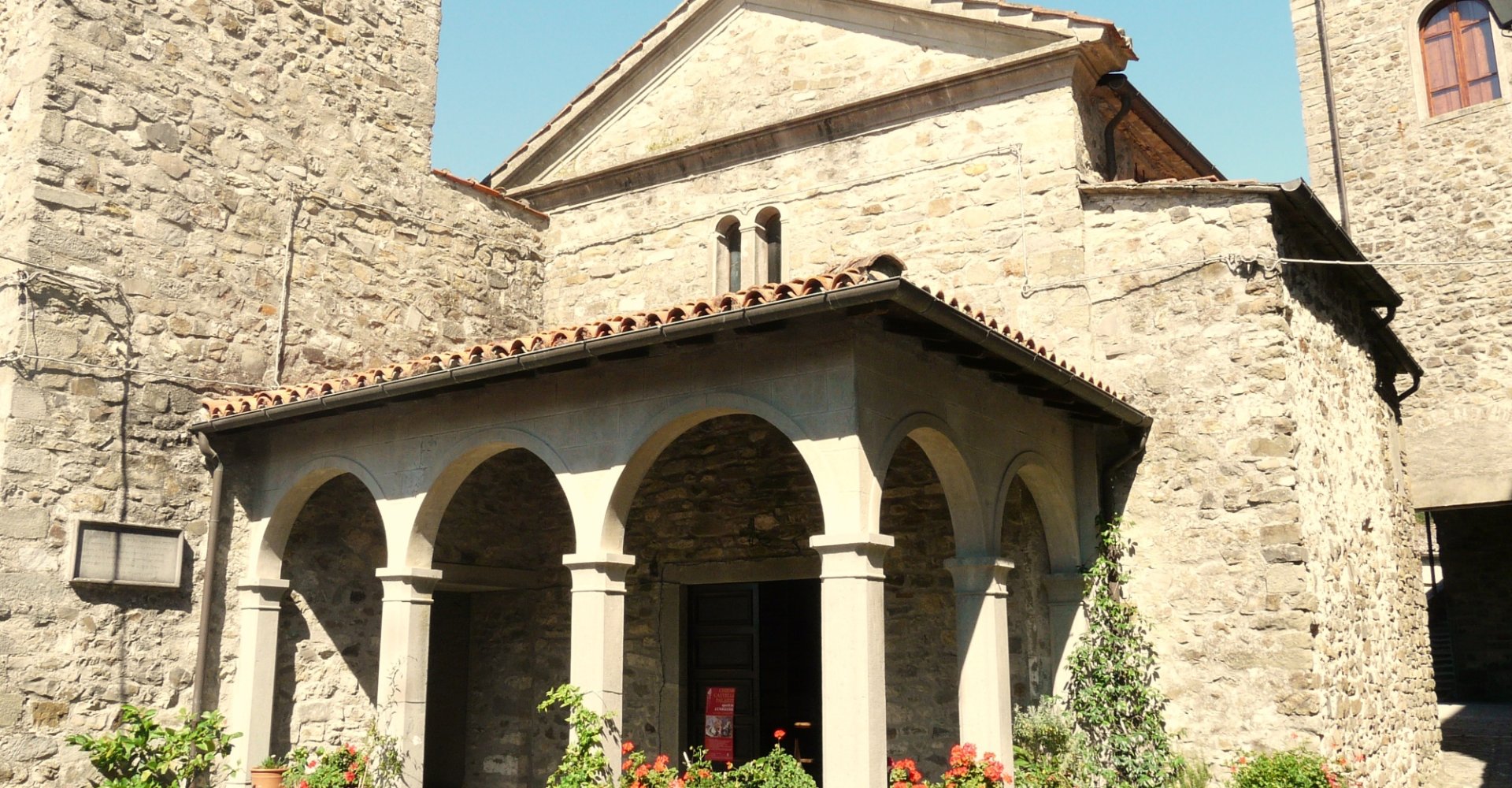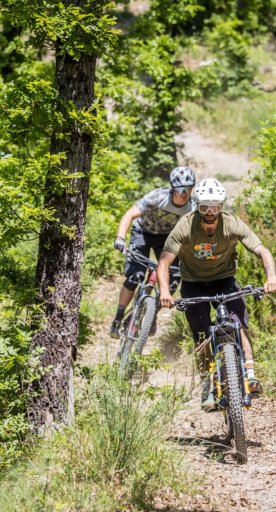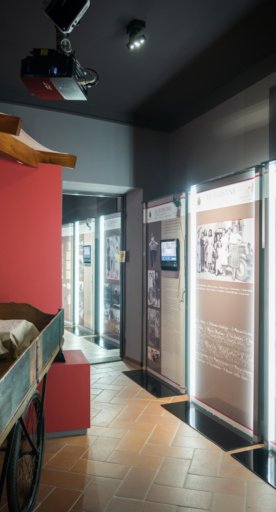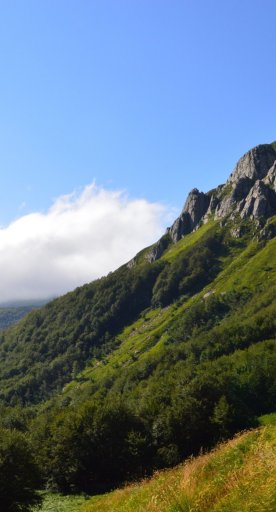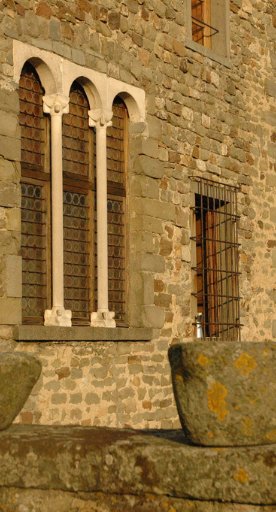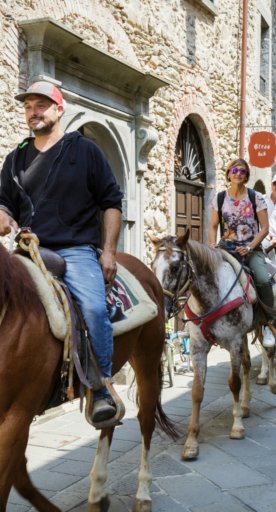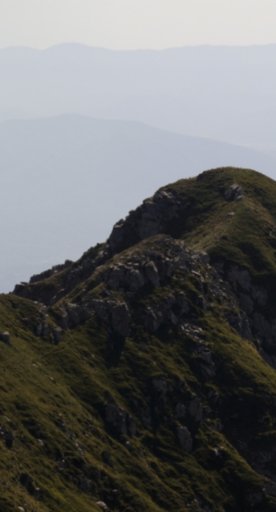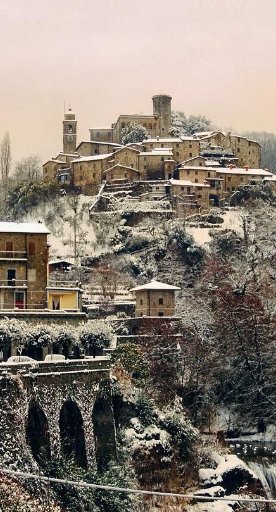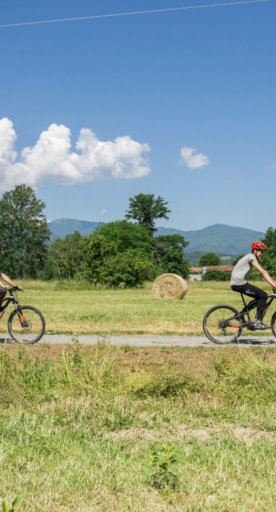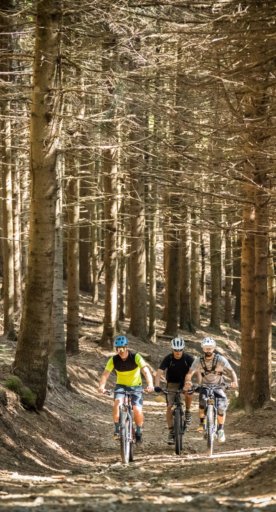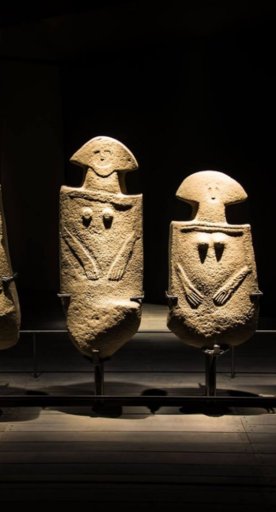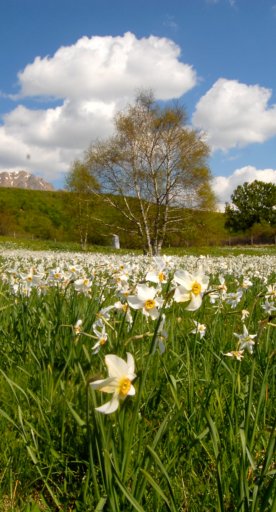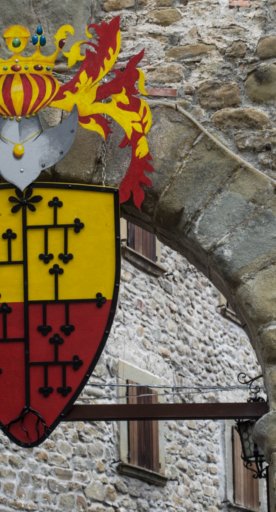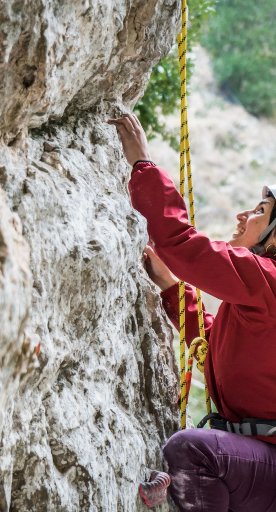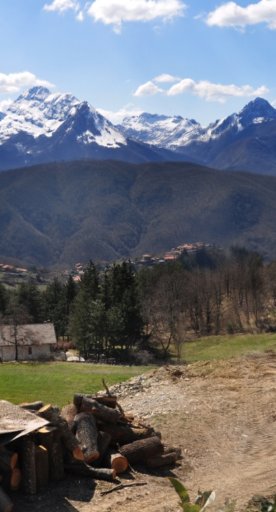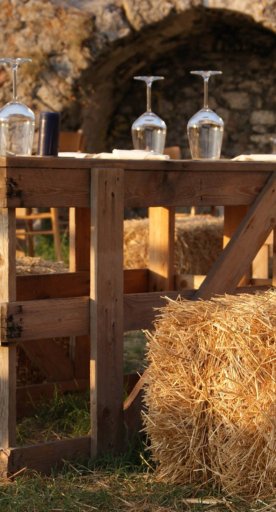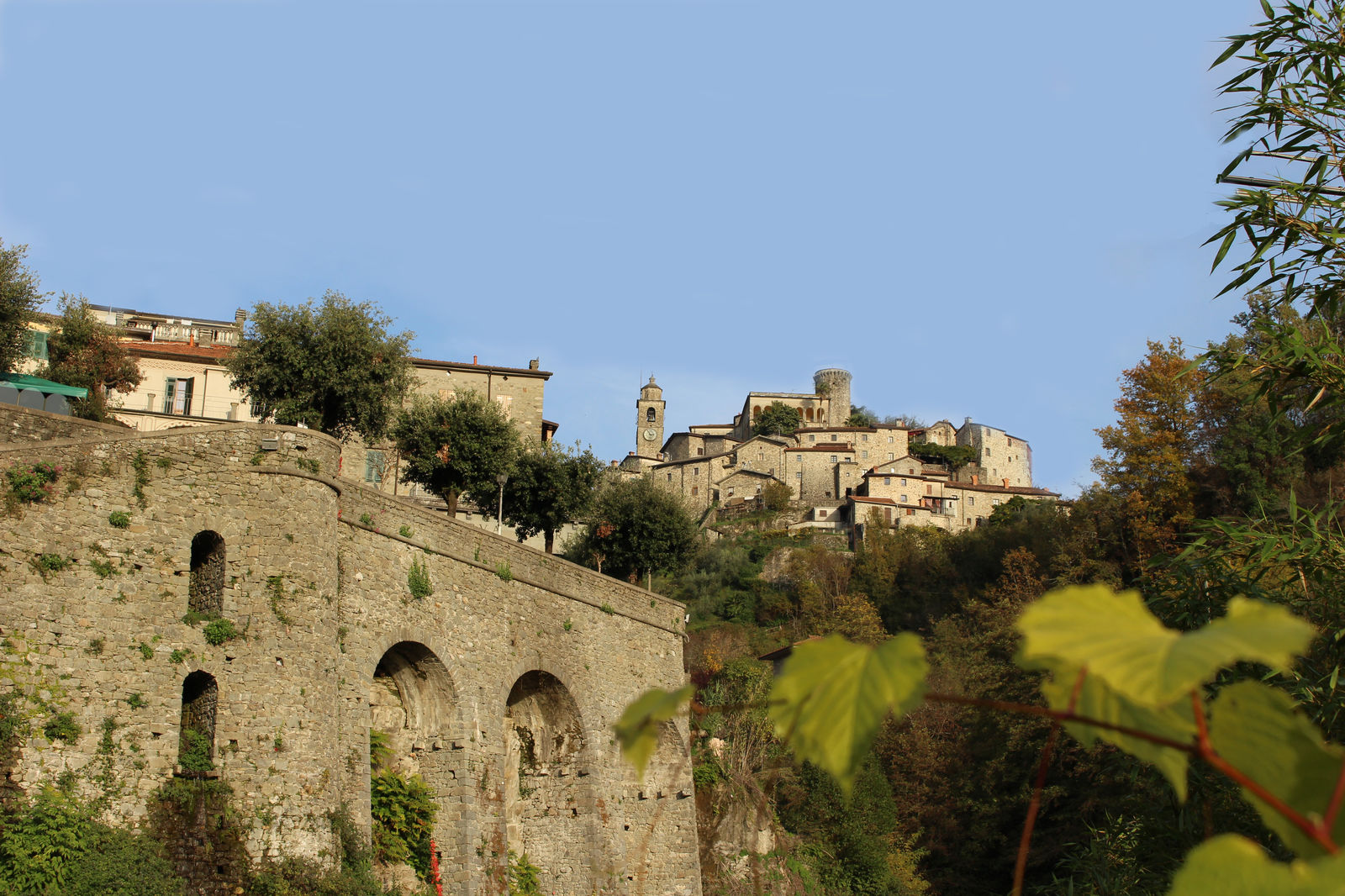Bagnone
A village in the Magra Valley with typical products and a culinary tradition to discover
Bagnone is a small town in upper Lunigiana, nestled among the streams and peaks of the Tuscan-Emilian Apennines. Inhabited since prehistoric times as evidenced by the discovery of a stele statue in Treschietto, the village still retains its medieval appearance. First named in a document of the year 963, Bagnone owes its name to the stream that flowed not far from the castle, the original core of the town that played a control function due to the presence downstream of a stretch of the Via Francigena. The town then became a vicariate seat under the rule of Florence in the 15th century and also developed along the stream, with a market town originally called Gutula.
What to see in Bagnone
Bagnone is a good starting point for exploring the villages and nature of the valley of the same name: the Bagnone stream flows down from the Apennines drawing the landscape with natural gorges and waterfalls around which the village developed. Historically, the village served as the main weekly market center for the entire area, as well as the site of several seasonal fairs. Indeed, among the arcades of the old market still throb the echoes of a life of another time, that of the shopkeepers, tailors, apothecaries and shoemakers who set up store and built their houses here. The castle, built in the second half of the 14th century by the Malaspina family, later belonged to the Noceti counts, and in its chapel rests the well-known 15th-century chronicler Antonio da Faye. Today, the natural beauty and cultural singularities are protected by the Parco Naturale e Culturale della Valle del Bagnone (Nature and Cultural Park of the Bagnone Valley), which is housed inside the Museo Archivio della Memoria (Museum Archive of the Remembrance).
Bagnone is a good starting point for exploring the villages and nature of the valley of the same name: the Bagnone stream flows down from the Apennines drawing the landscape with natural gorges and waterfalls around which the village developed. Historically, the village served as the main weekly market center for the entire area, as well as the site of several seasonal fairs. Indeed, among the arcades of the old market still throb the echoes of a life of another time, that of the shopkeepers, tailors, apothecaries and shoemakers who set up store and built their houses here. The castle, built in the second half of the 14th century by the Malaspina family, later belonged to the Noceti counts, and in its chapel rests the well-known 15th-century chronicler Antonio da Faye. Today, the natural beauty and cultural singularities are protected by the Parco Naturale e Culturale della Valle del Bagnone (Nature and Cultural Park of the Bagnone Valley), which is housed inside the Museo Archivio della Memoria (Museum Archive of the Remembrance).
In the surroundings
Not far from Bagnone, the village of Treschietto is worth a visit, where you can admire the imposing ruins of the castle overlooking the ravine. Another attraction that you cannot miss once you reach this area is Castiglione del Terziere, the old seat of the Florentine captaincy, brought back to life by Loris Jacopo Bononi, a rare example of enlightened love for the memories of the past and actual work for the future of Lunigiana
Not far from Bagnone, the village of Treschietto is worth a visit, where you can admire the imposing ruins of the castle overlooking the ravine. Another attraction that you cannot miss once you reach this area is Castiglione del Terziere, the old seat of the Florentine captaincy, brought back to life by Loris Jacopo Bononi, a rare example of enlightened love for the memories of the past and actual work for the future of Lunigiana
Typical products and dishes
Bagnone is also famous for the production of typical and wine and food products of Lunigiana. As for the first courses, there is a long tradition of onion cultivation in the Treschietto area; while among the dishes, some specialties of Lunigiana such as the testaroli (a kind of pasta), the torta d'erbi (a savory pie with herbs), potato pie, pumpkin and potato pie, leek pie, almond pie, the barbotta (a savory pie with onion and ricotta), the sgabeo (fried bread), the rice bomb, the tortelli alla bagnonese, the patona (chestnut cake), and the panigacci (a kind of round bread) are worth mentioning.
Bagnone is also famous for the production of typical and wine and food products of Lunigiana. As for the first courses, there is a long tradition of onion cultivation in the Treschietto area; while among the dishes, some specialties of Lunigiana such as the testaroli (a kind of pasta), the torta d'erbi (a savory pie with herbs), potato pie, pumpkin and potato pie, leek pie, almond pie, the barbotta (a savory pie with onion and ricotta), the sgabeo (fried bread), the rice bomb, the tortelli alla bagnonese, the patona (chestnut cake), and the panigacci (a kind of round bread) are worth mentioning.
